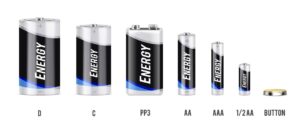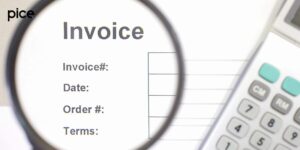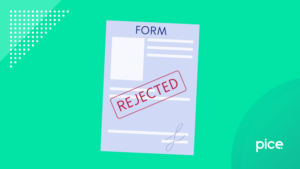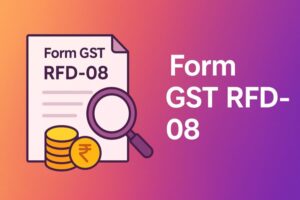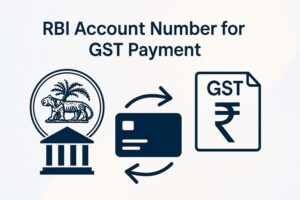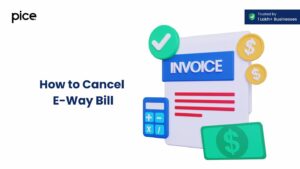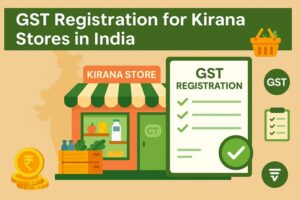Special Economic Zone Regulations and GST and E-Way Bill Applicability
- 29 Aug 24
- 8 mins
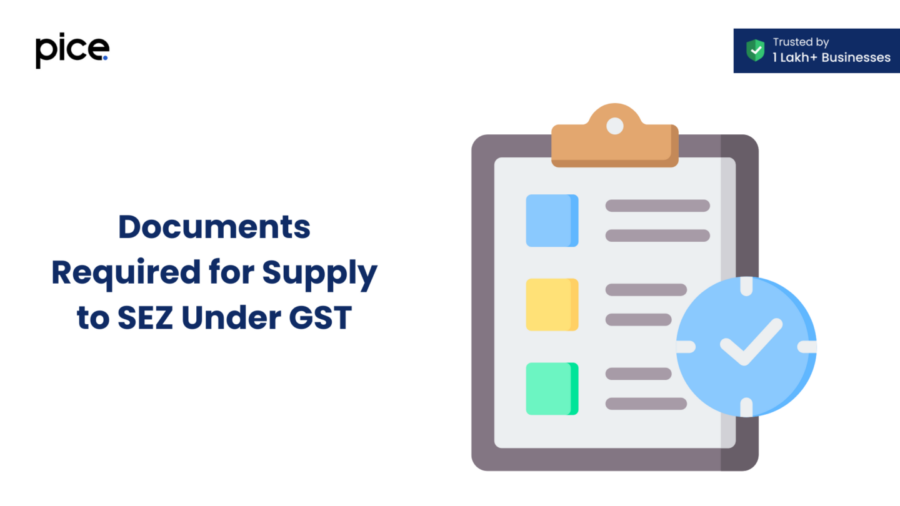
Special Economic Zone Regulations and GST and E-Way Bill Applicability
Key Takeaways
- SEZs offer tax benefits and simpler legal compliances, promoting economic growth and foreign investment.
- Supplies to SEZs under GST are zero-rated, allowing businesses to claim refunds or use Input Tax Credit.
- e-Way bills are mandatory for transporting goods valued over ₹50,000 to SEZs, with a straightforward generation process on the GST portal.
- SEZ transactions include imports, exports, and inter-state supplies, each with specific tax implications and documentation requirements.
- Proper documentation and compliance, including using Letters of Undertaking (LUT), are crucial for smooth SEZ operations under GST.
Special Economic Zones (SEZs) offer a plethora of tax benefits for businesses and tax professionals such as simple custom procedures and flexible legal compliances, two among many. However, the implementation of the Goods and Services Tax (GST) in 2017 and the electronic way-bill system led to significant changes to the regulations.
In this blog, we will discuss the details of SEZ regulations and their impact on GST, focusing on the documents required for supply SEZ under GST and the role of e-way bills.
What Are SEZs?
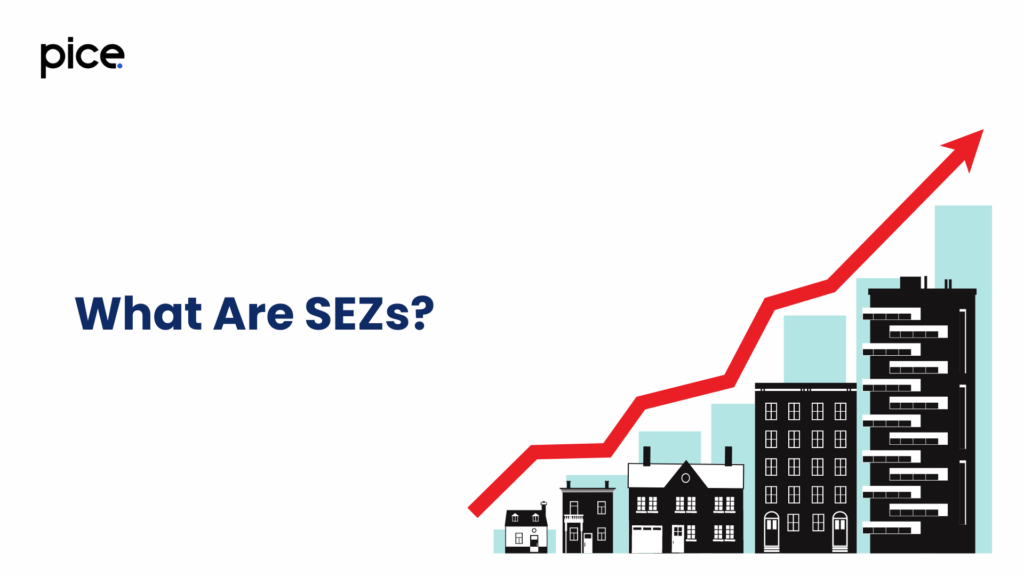
Special Economic Zones (SEZs) are marked territories that run on different regulations within the national borders. For instance, they are eligible to pay comparatively lower tariff rates. These zones promote economic growth, attract foreign investments, and increase exports.
Some of the objectives of SEZs are:
- Promote better infrastructures
- Better employment opportunities in local territories
- Boost to foreign trade
SEZ under GST: Impact on Goods and Services Tax
Any supply of goods and services to a Special Economic Zone falls under a zero-tax rate under GST. This implies that the transaction is treated as GST zero-rated supplies.
A person with GST registration who makes a zero-rated supply is eligible to claim a GST refund according to the provisions of the CGST Act, 2017. When supplying goods or services to a Special Economic Zone (SEZ), there are two options:
- Supply Under Bond or Letter of Undertaking (LUT): You can make the supply without paying Integrated Goods and Services Tax (IGST) and subsequently claim Input Tax Credit (ITC) on the input tax used in making the supply.
- Pay IGST and Claim Refund: Alternatively, supply on payment of IGST can be made and later a refund of taxes paid can be claimed.
e-Way Bill for SEZ Under GST
An electronic waybill, also known as an e-way bill, is necessary if you wish to transfer goods from one place to another, provided the valuation is more than ₹50,000. An e-way bill is generated by a registered person who is involved in the supply of goods.
The treatment of supplies of SEZ is the same as the supplies of IGST. Even in cases of e-way bill generation, the rules remain at par with the procedures of the rest of the industry.
How to Generate an e-Way Bill for an SEZ?
Follow the steps below to generate an e-way bill for a Special Economic Zone:
Step 1: Log in to the GST portal, using your GSTIN.
Step 2: Enter the required details such as the recipient's GSTIN and the value of goods.
Step 3: Upon completion, follow the instructions given on the screen to generate an e-way bill.
SEZ Transactions under GST
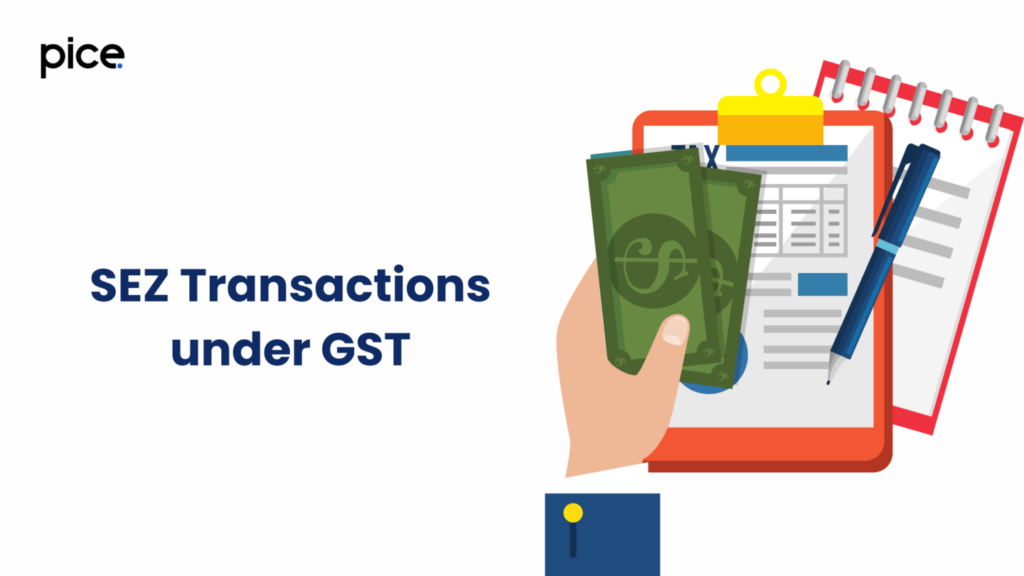
The three primary SEZ transactions under GST are imports, exports and inter-state supplies. Let us understand them in detail now.
- Imports: Supplies into the Special Economic Zone from either foreign territories or any other part of the country are referred to as imports.
- Exports: Goods or services that are transferred from one unit to another within the same SEZ, to a different SEZ, or exported out of India are considered exports.
- Inter-State Supplies: Interstate supplies are the transfer of goods from a special economic zone to a non-special economic zone.
Tax Implications of SEZ Transactions
Understanding the tax implications is essential for ensuring smooth SEZ transactions under GST. Here’s a breakdown of how it works:
- Supply of Goods to Domestic Tariff Area (DTA): The supplies made by a SEZ unit to a DTA are referred to as an export of the Domestic Tariff Area. In addition to the application of customs duties, the documentation of exports applies here.
- Regular Supply of Goods and Services: The supply of goods and services from an SEZ to any non-SEZ is a regular supply. In this case, Integrated Goods and Services Tax applies.
Compliance and Documentation
Proper documentation and strict adherence to regulations are essential for both types of supplies: those made to Domestic Tariff Areas (DTAs) and regular supplies. Therefore, you must know the documents required for supply SEZ under GST.
This requires detailed invoices specifying the nature of the supply and the applicable taxes. Moreover, for goods exceeding ₹50,000 in value, E-Way bills must be issued.
LUT Applicability in SEZ Under GST
The Letter of Undertaking (LUT) is a bond that a supplier provides to the government. The document is necessary during export business and it serves as a commitment that the supplier will adhere to all the rules of export. An advantage of LUTs for businesses who make frequent transactions of goods and services with Special Economic Zones is it allows them to supply without bearing the burden of IGST.
Steps to Apply for LUT

Follow the steps below to apply for a Letter of Undertaking (LUT) seamlessly:
Step 1: Visit the official GST Portal.
Step 2: Proceed to login to the portal with your credentials.
Step 3: Go to the option of ‘Services’ which will display a list of services.
Step 4: Select ‘User Service’ which will lead to a dropdown menu.
Step 5: Click on ‘Furnish Letter of Undertaking’.
Step 6: You will now be able to view the GST RFD-11 and choose the preferred financial year from the option of 'LUT Applied For Financial Year’.
Step 7: Upload your previous Letter of Undertaking by clicking on the ‘Choose File’ option.
Step 8: Review the details that you have entered and upon completion, click on the declaration boxes.
Step 9: Enter the necessary details like name, address, occupation and details of 2 witnesses.
Step 10: Enter the location from where you are filing the undertaking.
Upon completion of the procedure, click on ‘Save’ and sign the file digitally for the final step.
Conclusion
As we have explored the intricacies of SEZs along with the documents required for supply to SEZ under GST, you can enhance the efficiency of authorised operations and focus on the growth opportunities for your businesses. Since the implementation of e-way bills, staying updated with the new changes, being aware of the exemptions and ensuring compliance will be the key to success in these Special Economic Zones.
💡If you want to pay your GST with Credit Card, then download Pice Business Payment App. Pice is the one stop app for paying all your business expenses.
 By
By 






